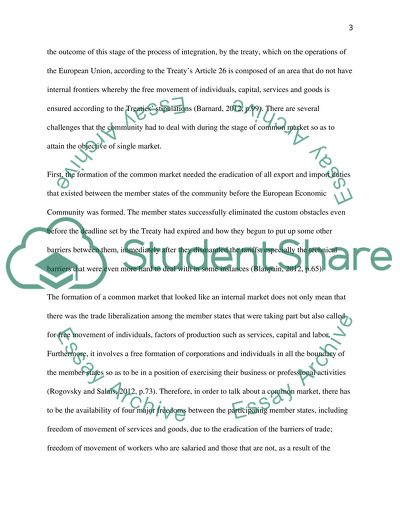Cite this document
(“Business Environments in the Single European Market Essay”, n.d.)
Retrieved from https://studentshare.org/marketing/1496914-business-environments-in-the-single-european
Retrieved from https://studentshare.org/marketing/1496914-business-environments-in-the-single-european
(Business Environments in the Single European Market Essay)
https://studentshare.org/marketing/1496914-business-environments-in-the-single-european.
https://studentshare.org/marketing/1496914-business-environments-in-the-single-european.
“Business Environments in the Single European Market Essay”, n.d. https://studentshare.org/marketing/1496914-business-environments-in-the-single-european.


